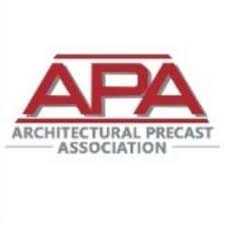The Architectural Precast Concrete and Cast Stone products by Steps Plus have numerous advantages over natural limestone. These are:
Color Choices: With natural limestone, you are limited to the color that is currently being quarried. With our Architectural Precast Concrete and Cast Stone, we can use different cements, aggregates and color pigments to provide a wide range of color choices. Even when it comes to matching existing limestone trim, precast is the right choice because we can adjust our mix to match old, weathered limestone to achieve a better match than what you’d get with new, clean natural limestone.
Structural Advantages: Our cast products are made with steel reinforcing so they can be used in structural applications. Because of this steel reinforcing, we can supply lintels and other load bearing units that aren’t available in limestone. Inserts, weld plates, and other connection hardware can be cast into our product for secure connections.
Larger Pieces: Large panels and spandrels that are impractical or impossible to cut out of real stone are no problem for reinforced precast concrete.
Weather and Fungus Resistance: Our Architectural Precast Concrete and Cast Stone have a high compressive strength and low absorption rate. This makes our product very resistant to the nasty weathering effects of the northeast United States. Concrete also resists the growth of many mosses and lichens (a fungus that grows symbiotically with algae) better than limestone. Limestone is calcium carbonate, a source of nutrients for lichens. Our concrete matrix (cement) is calcium silicate and fine aggregates of quartz (silica) sand which provide no nutrients. These are chemically similar to glass and ceramics. The photos below show instances on two different projects where the project architects chose to mix our precast and natural limestone on the same project.





